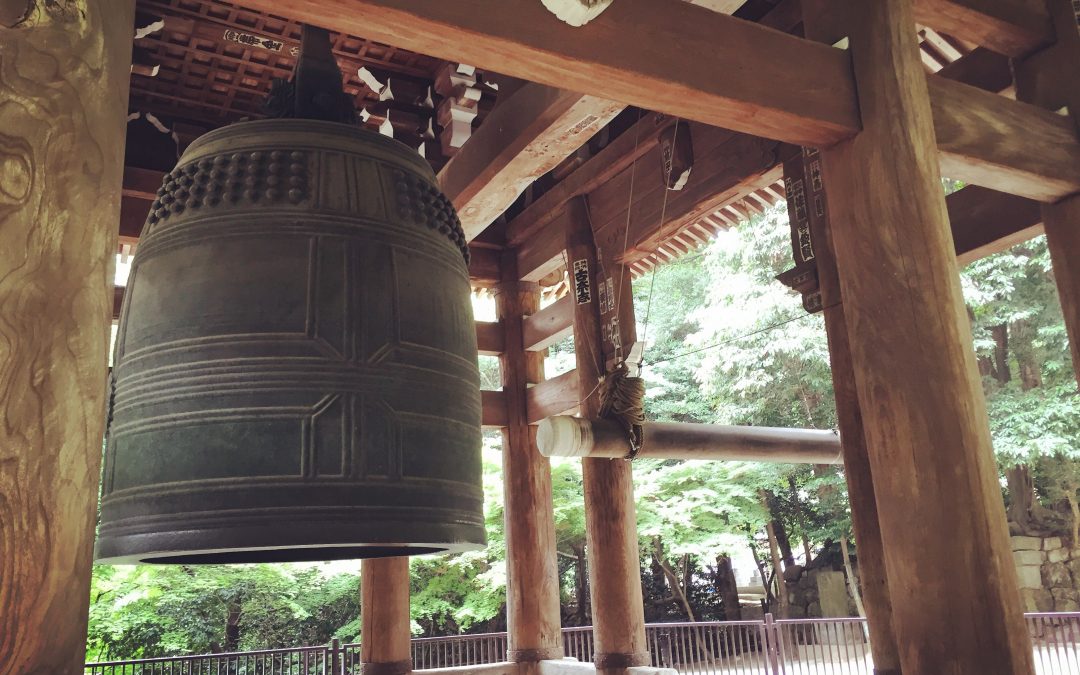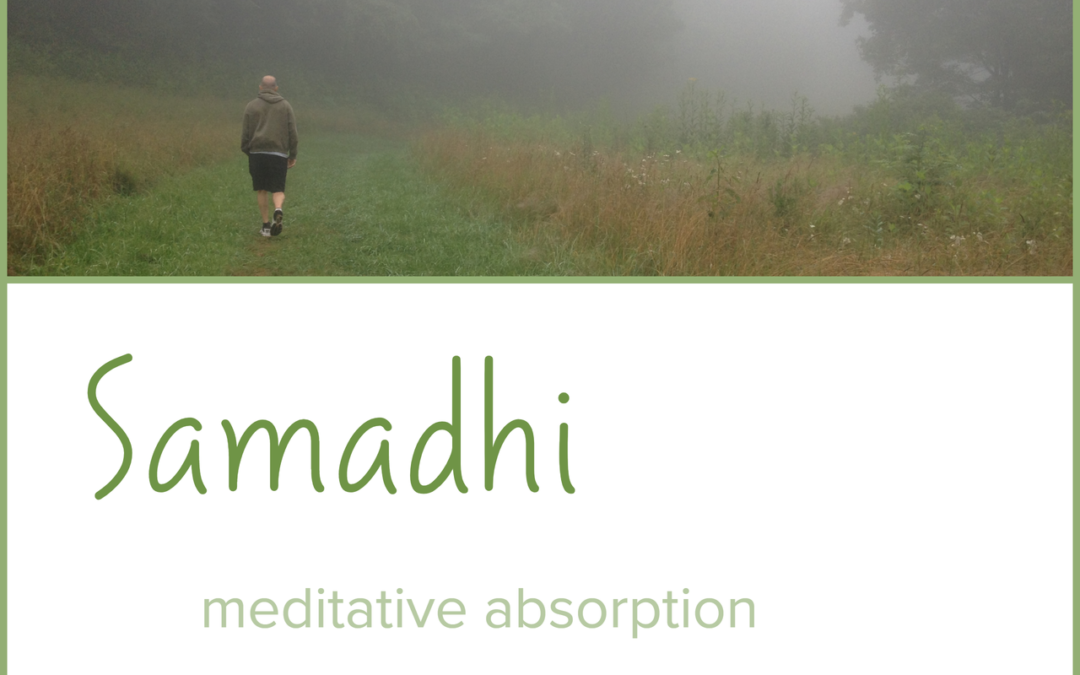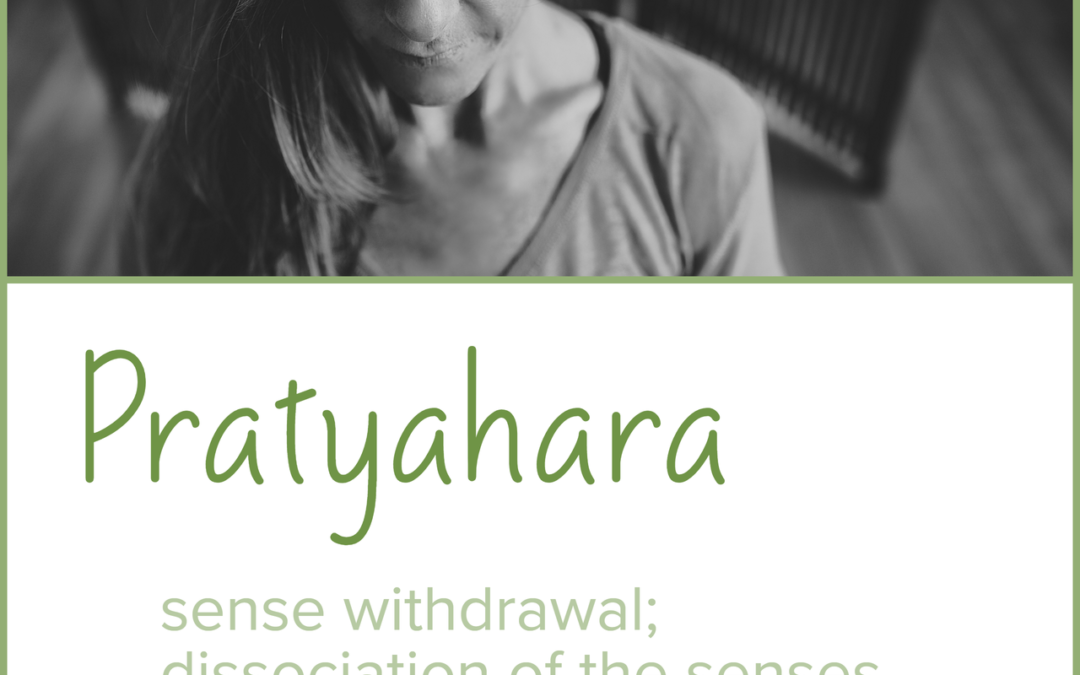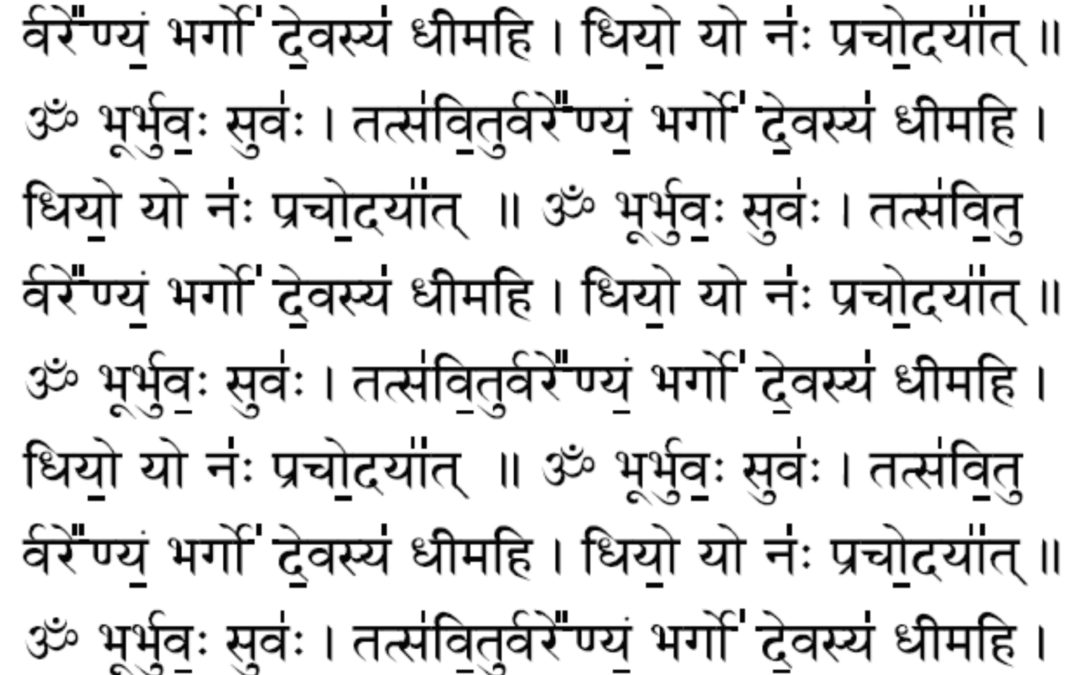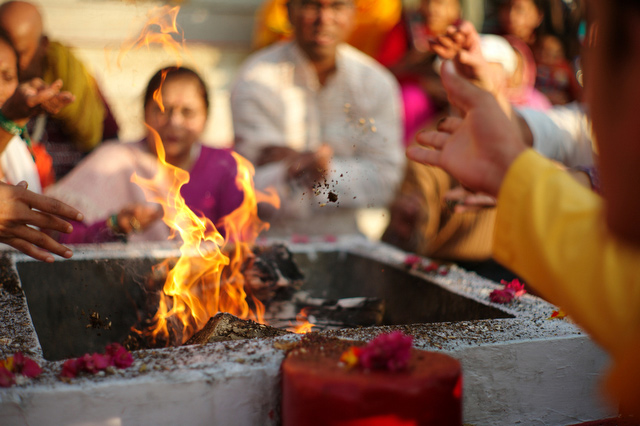Asana, often associated with the physical postures of yoga, is a fundamental practice that contributes to physical, mental, and spiritual well-being. It serves as the groundwork for the deeper practices of yoga, creating a solid foundation for personal growth and transformation. While most people are familiar with asana as the body postures performed in a yoga class, its significance stretches far beyond the physical.



